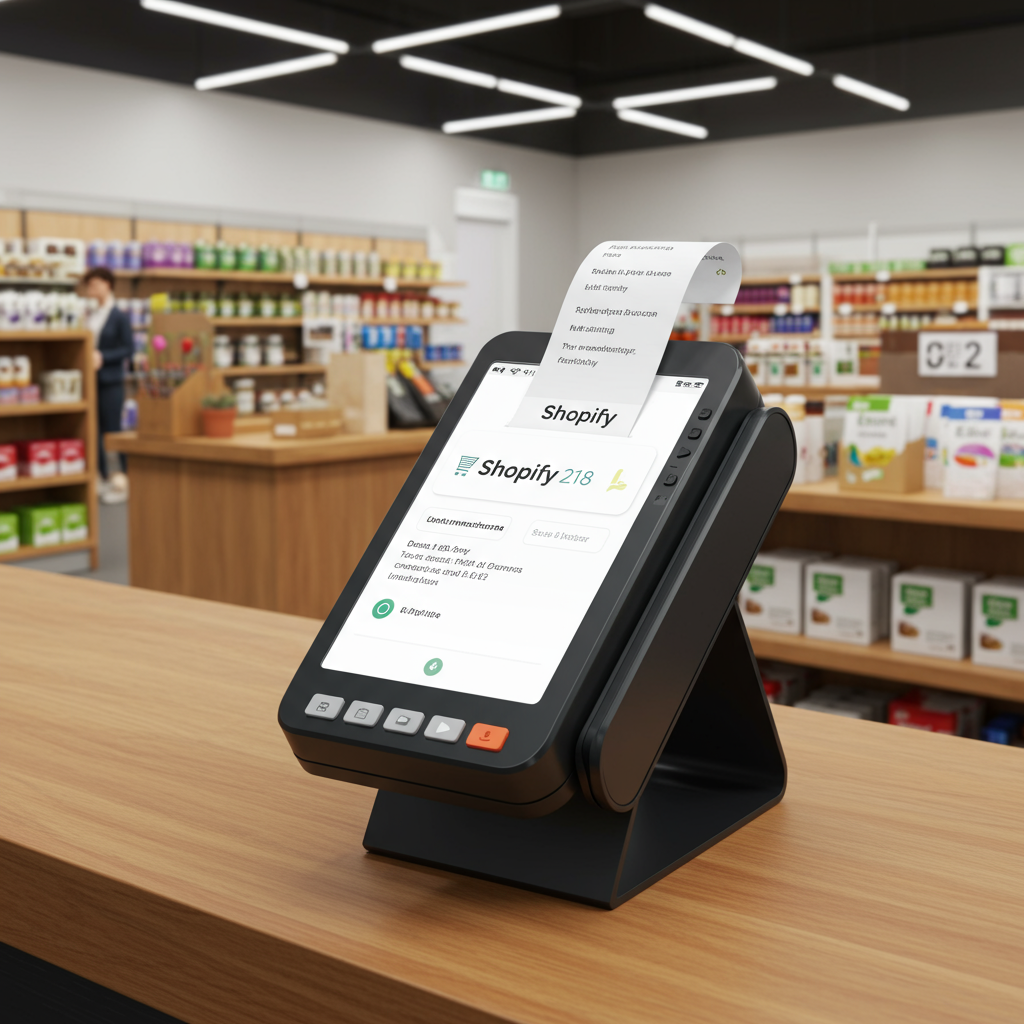Seamlessly integrate your online and in-person sales with Shopify’s powerful Point of Sale system.
As a merchant in today’s dynamic retail landscape, I understand the constant challenge of managing sales across multiple channels. You’re likely selling online, but what about those crucial in-person interactions? This is where Shopify POS comes into play, and I’m here to guide you through everything you need to know.
Shopify POS, or Point of Sale, is an application and hardware system that allows you to sell your products in physical locations. Think pop-up shops, retail stores, markets, or even just selling directly to a customer at an event.
What makes Shopify POS truly revolutionary is its seamless integration with your existing Shopify online store. This isn’t just a separate system; it’s an extension of your e-commerce platform, designed to unify your operations.
When I first started exploring unified commerce, the idea of having one central hub for all my inventory, customer data, and sales reports felt like a dream. Shopify POS makes that dream a reality.
One of the primary benefits I’ve experienced is the real-time inventory synchronization. If a product sells in your physical store, its stock level is immediately updated online, and vice-versa. This eliminates overselling and keeps your inventory accurate, saving you countless headaches.
Customer management is another huge win. With Shopify POS, I can access customer profiles created online, view their purchase history, and even apply loyalty discounts or gift cards, all from the point of sale. This allows for a truly personalized shopping experience.
Imagine a customer who bought from your online store walking into your pop-up. You can instantly see their past orders and recommend complementary products. That’s the power of unified customer data.
Setting up Shopify POS is surprisingly straightforward. You’ll need the Shopify POS app, which is available for iOS and Android devices, and then you can choose your hardware.
The hardware options range from basic card readers that connect to your smartphone or tablet, to full retail kits including a cash drawer, receipt printer, and barcode scanner. I recommend assessing your specific needs and budget.
For a small pop-up, a simple card reader might suffice. For a bustling retail store, investing in a complete setup will significantly improve efficiency and customer flow.
Once you have your app and hardware, connecting them is usually a simple Bluetooth pairing process. Shopify provides clear instructions every step of the way, making it accessible even for those less tech-savvy.
Now, let’s dive into some of the key features that make Shopify POS an indispensable tool for my business.
Inventory management, as I mentioned, is top-tier. You can easily add new products, adjust stock levels, create variants, and even manage inventory across multiple physical locations if you have them.
Staff management is another critical feature. You can create staff accounts with different permission levels, allowing your team to process sales while maintaining control over sensitive business data.
Reporting and analytics are robust. I can view detailed sales reports, track performance by product, staff member, or location, and gain valuable insights into my business’s health. This data is crucial for making informed decisions.
Processing returns and exchanges is a breeze. Shopify POS allows you to look up past orders, process refunds, and even offer store credit or exchanges, all while keeping your inventory updated.
Gift cards are fully integrated. You can sell physical or digital gift cards in-store, and customers can redeem them online or in any of your physical locations. This is a fantastic way to boost sales and customer loyalty.
What do you think about the seamless integration of online and offline sales? Do you see how this could transform your business operations?
Beyond the core features, Shopify POS also supports various payment methods, including credit cards, debit cards, cash, and even custom payment types. This flexibility ensures you never miss a sale.
You can also use Shopify POS to create custom sales, apply discounts, and manage customer loyalty programs. It’s designed to be as flexible as your business needs.
For businesses with multiple locations, Shopify POS allows you to manage inventory and sales for each store independently, while still consolidating all data under your main Shopify admin.
I’ve found that leveraging the customer data collected through POS helps me tailor marketing efforts. Knowing what customers buy in-store can inform my online promotions and vice-versa.
In conclusion, Shopify POS is more than just a payment processor; it’s a comprehensive retail solution that bridges the gap between your online and offline sales channels. It empowers you to provide a consistent, high-quality shopping experience for your customers, no matter where they choose to buy.
By unifying your inventory, customer data, and sales reporting, Shopify POS simplifies your operations, reduces errors, and frees up your time to focus on what you do best: growing your business and connecting with your customers.
I highly recommend exploring Shopify POS if you’re looking to expand your sales channels or streamline your existing retail operations. It’s an investment that truly pays off in efficiency and customer satisfaction.






